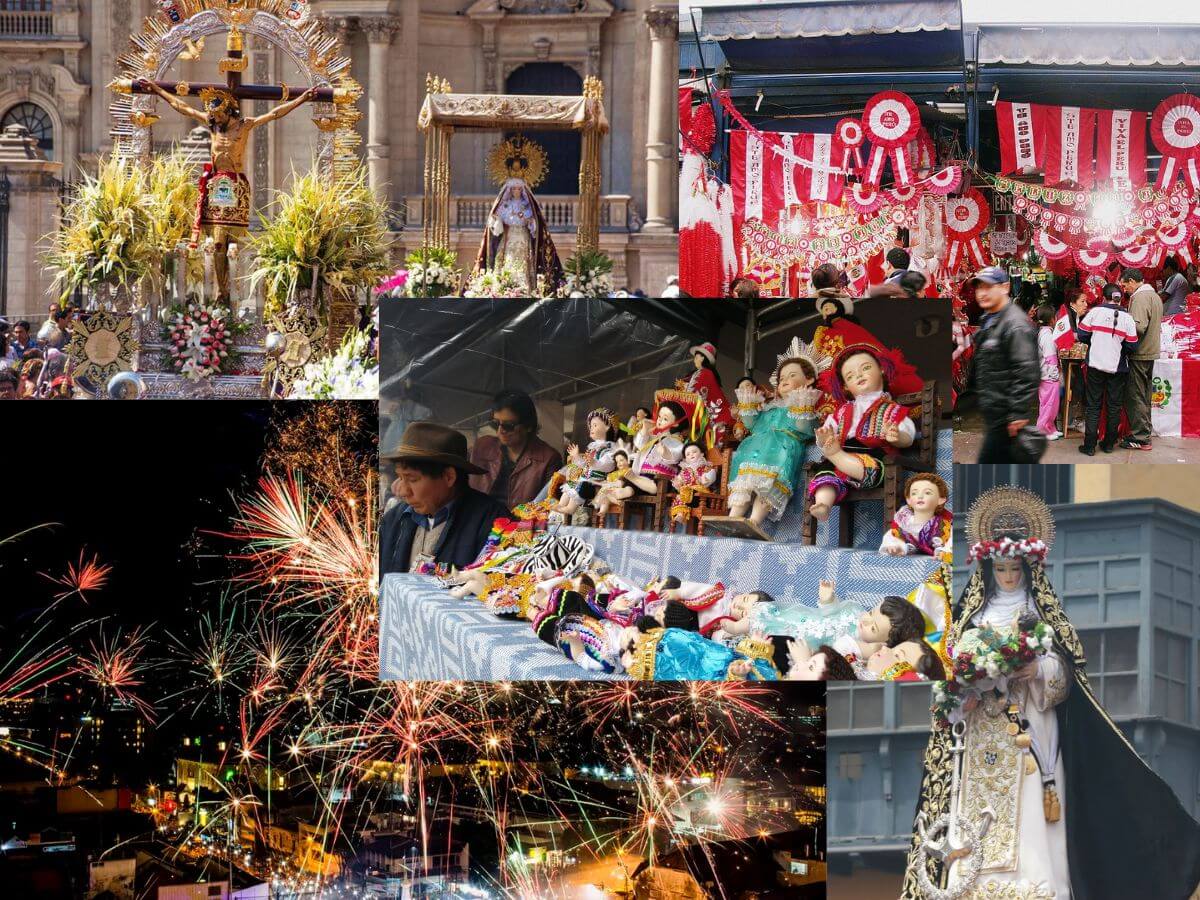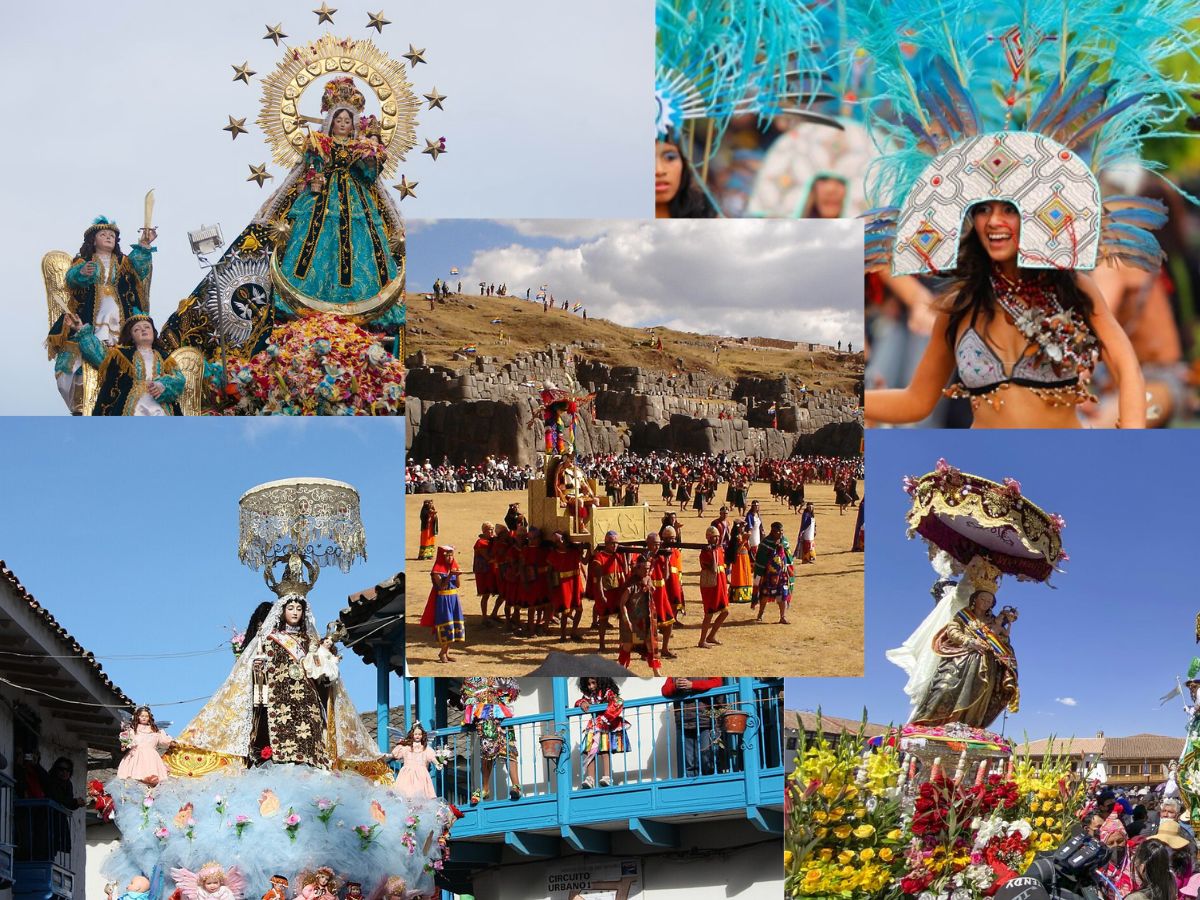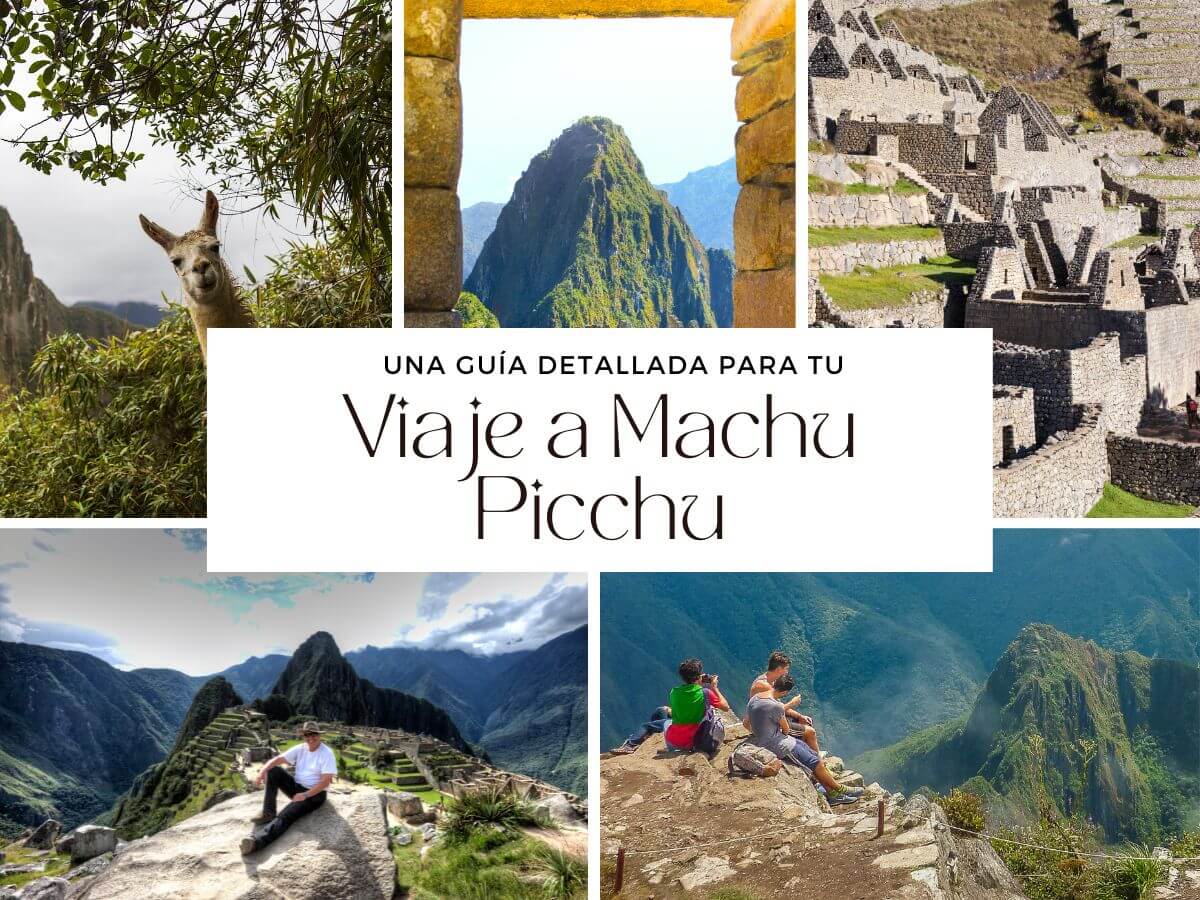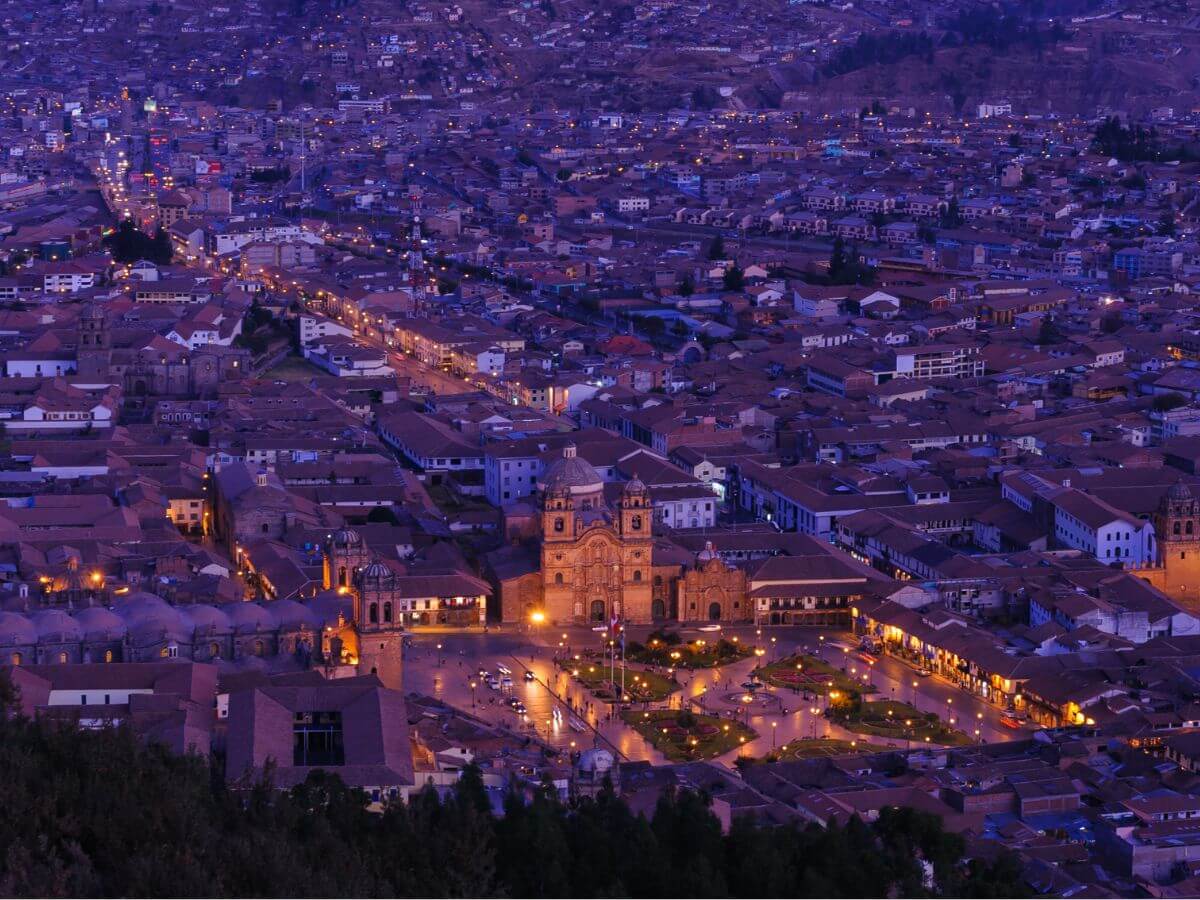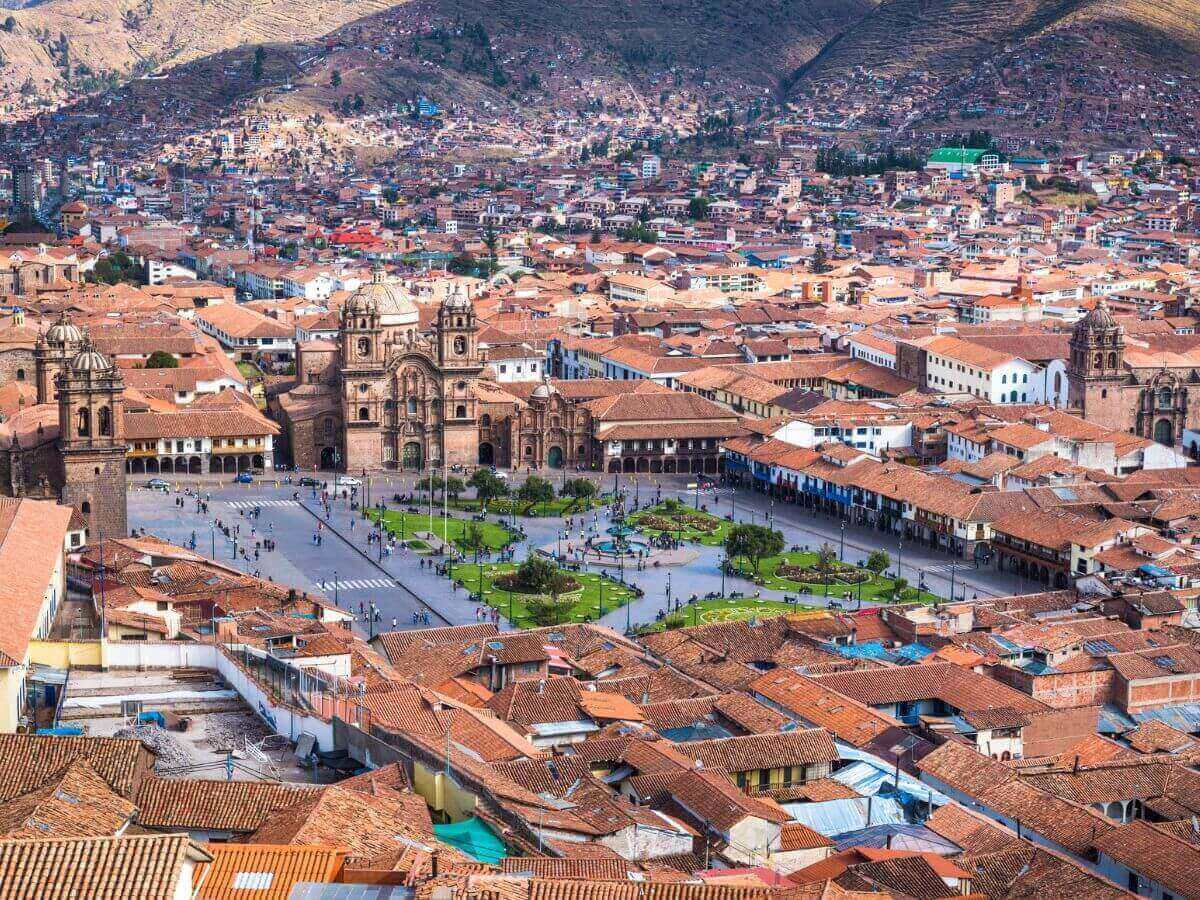Chinchero, culture and tradition

Chinchero is the capital of the district of the same name, it is located in the province of Urubamba and is one of the passing towns that you must visit during your visit in Cusco.
This picturesque little town is often confused with Chincheros, however, the correct name is Chinchero.
| Chinchero Cusco | |
| Location | Urubamba province |
| Distance from Cusco | 30Km aprox. |
| Tickets | Inclusive in the touristic ticket for 70 soles |
| Weather | tempered |
| Activities | ATV tours, Tour of the archaeological center of Chinchero, Hiking through the Poc Poc waterfalls, Lunch nearby in Chinchero, Visit of Awana Cancha (textile center in Chinchero. |
Chinchero, the land of the rainbow
Chinchero is made up of 12 peasant communities, governed by ancestral systems, whose main activity is the cultivation of tubers, livestock and finally tourism, which has become an important livelihood, all thanks to the initiative of local professionals.
One of the most representative towns of Cusco. Chinchero is 3,754 meters above sea level (28 km from Cusco) and is the town that you will appreciate on the way to the Sacred Valley of the Incas.
It is a cozy place with white adobe houses, small cobbled streets, colonial arches and inhabitants who still wear their traditional clothing.
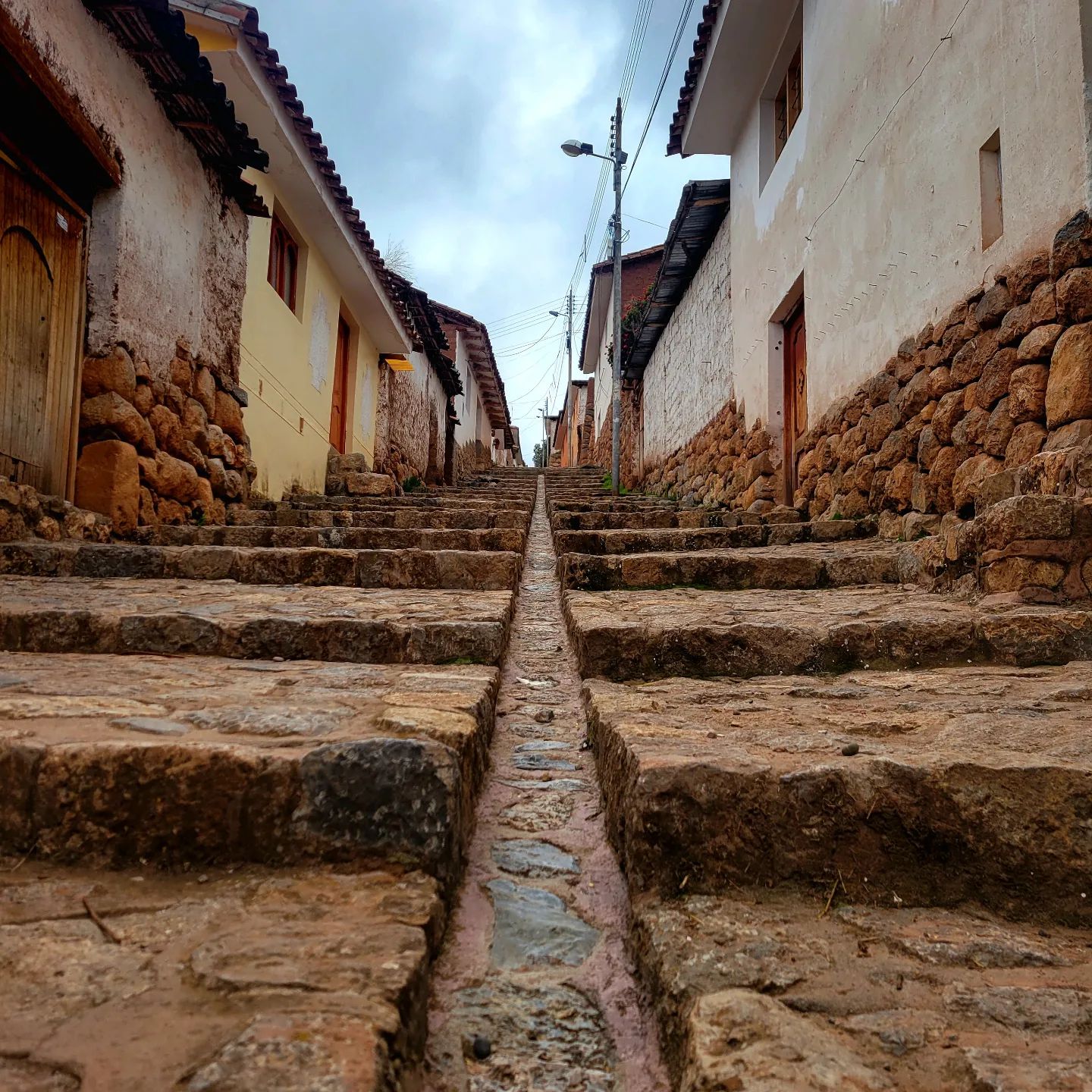
Currently, it is recognized and appreciated by visitors thanks to the quality of its textile crafts, its market and its workshops where they present the traditional process of making the fabric.
Another point for which this town became world famous is the construction of the new airport that Cusco will have. The Chinchero airport will be international and will benefit the local economy.
How did Chinchero originate?
Its history officially begins with its mention in Spanish chronicles that narrate the struggle of an Inca people with the Ayarmacas tribe that owned this territory.
In the year 1572, Viceroy Toledo would build a Christian temple as part of the plan for indigenous reductions that would allow better control of the aboriginal settlements. This entire area was declared a national heritage site on December 28, 1972.
Officially, it was created on September 9, 1905 by Law No. 59 given in the government of President José Pardo y Barreda.
Who ordered the construction of Chinchero?
According to history, Chinchero was the resting place of the Inca Túpac Yupanqui, perhaps because of its strategic position that communicated Cusco, Yucay and Pumamarca and Machu Picchu. He ordered the construction of beautiful palaces for his personal use and that of his panaca.
Their constructions present the typical doors or windows that are wider at the bottom and narrower at the top, which was a characteristic of Inca architecture.
Chinchero culture still endures
Chinchero is one of the few places where it seems that time does not pass, since the Inca traditions and culture still persist.
The people who live in Chinchero are of Inca blood and the predominant language is Quechua.
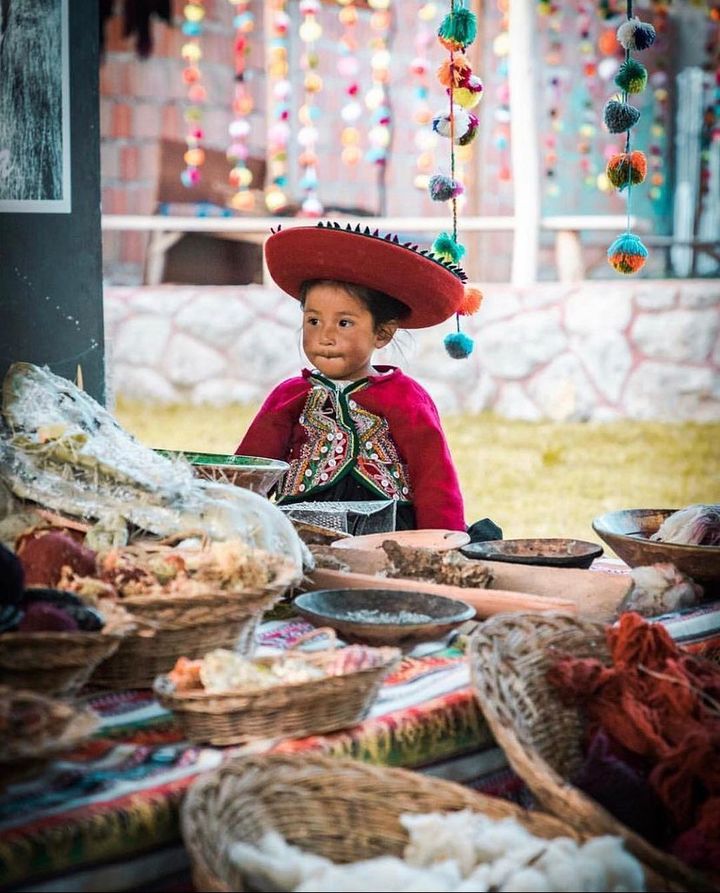
Characteristics of Chinchero
In Inca times, this town was an important urban center whose main center was located where the colonial church is today. In its surroundings, assembled polyhedra walls are exhibited that form retaining walls giving shape to the platforms, we can also see large rooms with windows, niches, doors and accesses.
The current main square has an Inca wall on the eastern side, which has 12 niches, each 2m high and 1.50m wide. This wall, in turn, serves as a facing and containment for another plaza that acts as an atrium in front of the Church.
Also in the area we find the remains of three shrines called Titiqaqa, Pumaqaqa, Chincana; which are huge outcrops of limestone rock carefully carved by the ancient Peruvians in the form of seats, stairways, cupboards and canals. There is a group of platforms built obeying the conformation of the terrain.
What will you find in Chinchero?
1.- Visit the traditional craft market in Chinchero
Chinchero is famous for its textile art and you can find beautiful examples at the market on Tuesdays, Thursdays and Sundays. The chinchero weavers are characterized by using numerous braids and wearing typical colorful costumes typical of the area.

2.- Stroll through the Piuray Lagoon
About 50 minutes on foot from Chinchero, is the Laguna de Piuray or Puray. The landscape is beautiful and it is the perfect place to enjoy the pure country air.
3.- Get to know the traditional fabric factory
In the town of Chinchero, you will be able to visit the workshops that present the traditional textile manufacturing process.
4.- Visit the Racchi viewpoint
This viewpoint located about 5 minutes from the town of Chinchero, offers one of the most beautiful views of the sacred valley, the Vilcanota mountain range and all the sacred mountains that surround them.
5.- Discover its historical heritage
The construction of this town is present since the time of the Incas. You will be able to observe its incredible agricultural terraces that, to this day, are still in use. There is also a large wall built of solid blocks and decorated with twelve niches.

6.- Do experiential tourism in Chinchero
Several families in the area will teach you a little more about their culture and tradition. If you even want, you can stay in one of their houses and they will show you the natural dyeing process with local plants and weaving techniques. They also show you how is the cultivation of potatoes and Andean quinoa.
The rooms are quite simple but colourful, the welcome you will receive will undoubtedly be the best and unique experience. Are you ready to live it?










